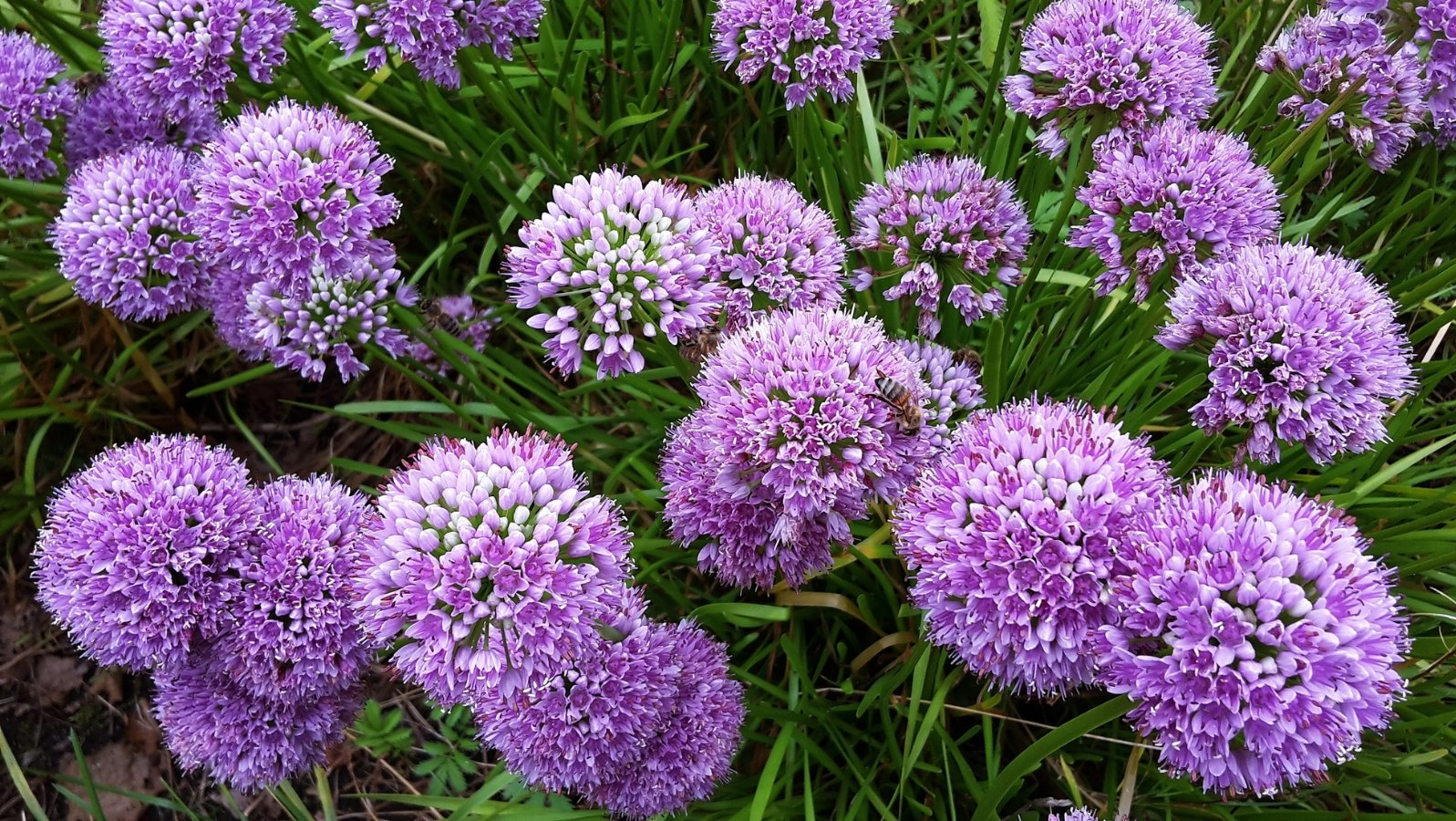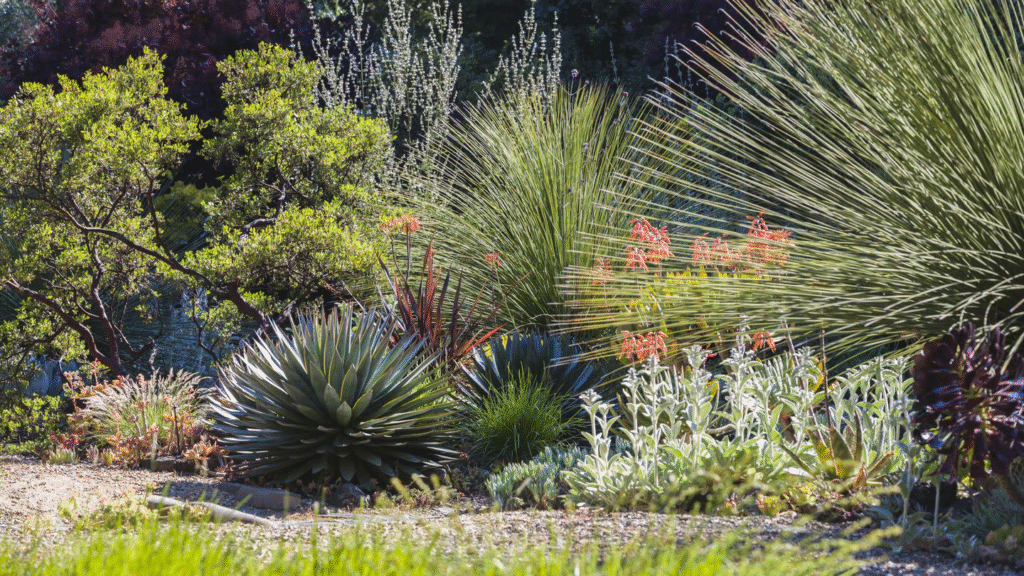
In recent years, water scarcity has become a global concern. From California’s dry landscapes to the Middle East’s arid deserts, communities worldwide are learning the importance of using water wisely. This challenge has also reached home gardens, public parks, and even large-scale farming. One sustainable solution gaining attention is drought-tolerant plants green companions that thrive with minimal water while still bringing beauty and life to their surroundings.
Climate change is reshaping weather patterns. Summers are becoming hotter, rainfall is becoming unpredictable, and many regions are facing record droughts. According to environmental experts, water will be one of the most valuable resources in the coming decades. Traditional gardening practices that rely on constant watering are no longer practical in many areas.
This is where drought-tolerant plants step in. Unlike regular plants that depend on frequent irrigation, these hardy species adapt to dry conditions. They store water in their leaves, have deep root systems to absorb underground moisture, and require little maintenance. Choosing them is not only cost-effective but also environmentally responsible.

Drought-tolerant plants are designed by nature to survive harsh climates. Some have succulent leaves that store water, like aloe vera and agave. Others, like lavender and rosemary, have deep root systems that search for water underground. Many also have waxy coatings or fine hairs on their leaves to reduce water loss through evaporation.
This natural adaptation means they can survive longer dry periods without showing stress, making them ideal for home gardens, city landscaping, and even agriculture.
Here are some of the most popular and effective drought-tolerant plants that can add beauty and sustainability to your surroundings:
Switching to drought-tolerant plants offers more than just water savings. Some key benefits include:

Starting a drought-tolerant garden does not mean giving up on greenery or beauty. Here are simple steps for beginners:
Many cities worldwide are adopting drought-tolerant landscaping for public spaces. In California, “xeriscaping” (a landscaping style that reduces or eliminates irrigation) is becoming a popular practice. In the UAE, drought-tolerant plants are used in urban design to keep cities green without wasting water.
Hotels, offices, and residential projects now prefer these plants because they combine beauty with sustainability. This trend is expected to grow as eco-conscious living becomes a priority.
With climate challenges ahead, drought-tolerant plants will play a bigger role in how communities, businesses, and households approach greenery. These plants are no longer just a gardening trend—they are becoming a global necessity.
As more people embrace eco-friendly lifestyles, the shift toward water-wise gardening could help create greener cities without burdening the planet’s resources. From colorful bougainvillea climbing city walls to aloe vera sitting in home kitchens, drought-tolerant plants are proving that beauty and resilience can go hand in hand.
READ MORE:- Shobha Realty Launches Its Most Luxurious Project Yet—Full Details Inside 2025
